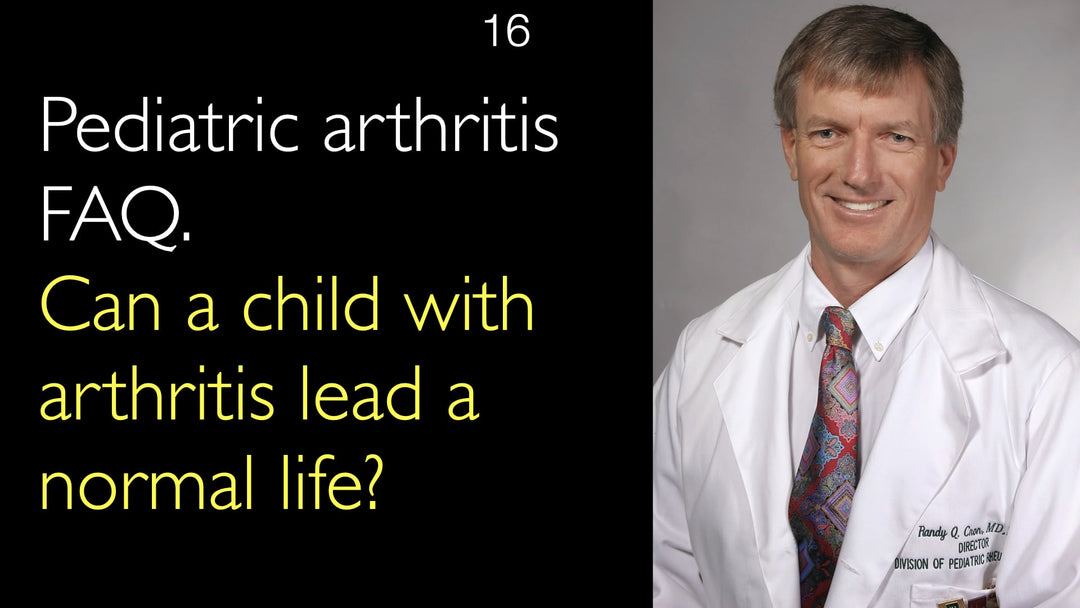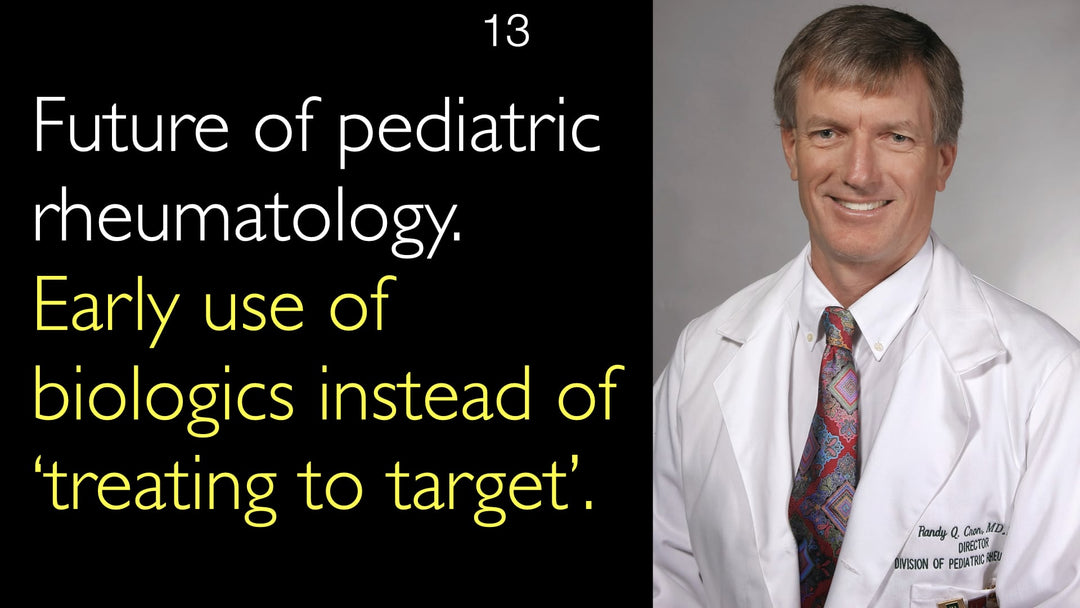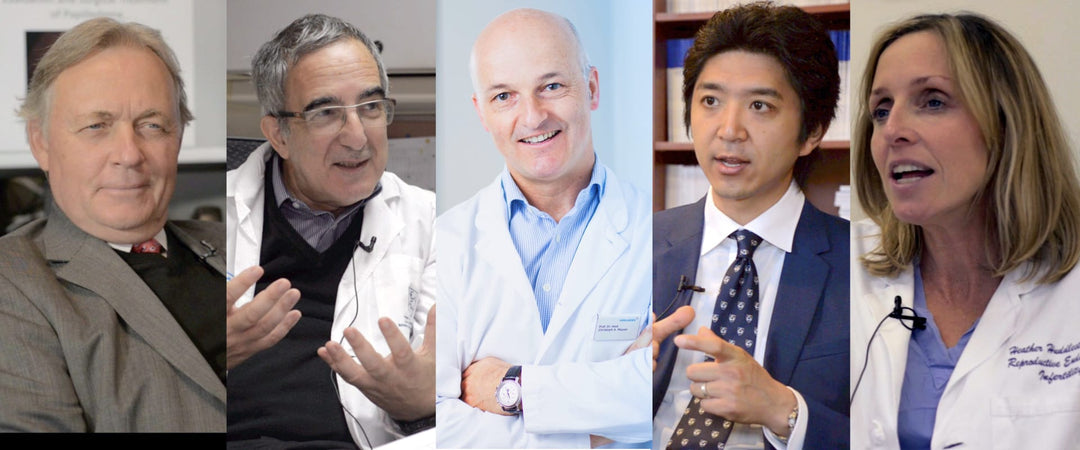Leading expert in knee preservation and cartilage transplantation, Dr. Pablo Gelber, MD, explains how fresh osteochondral allografts offer a biological alternative to knee replacement for younger, active patients with degenerative joint disease. This advanced surgical treatment uses living donor cartilage to repair damaged knee areas, delaying or avoiding metal implants by restoring the joint with healthy, functional tissue.
Biological Knee Replacement: Treating Osteoarthritis with Fresh Cartilage Transplants
Jump To Section
- Preventing Knee Degeneration in Active Patients
- Knee Osteoarthritis Treatment Decisions by Patient Age
- What is a Biological Total Knee Replacement?
- The Science of Fresh Cartilage Allograft Transplantation
- Logistical Challenges and Donor Selection for Transplants
- Immune Rejection Risk in Cartilage Transplantation
Preventing Knee Degeneration in Active Patients
Dr. Pablo Gelber, MD, emphasizes that knee joint degeneration is not solely caused by trauma but is also a part of the natural aging process. He notes that while increased sports activity is healthy, it can place significant stress on the knees. The first step in preventing degenerative knee disease is joint protection through reasonable activity levels. Dr. Gelber advises that extreme endurance running, like 40 kilometers every two days, is not healthy for the knees, hips, or ankles.
Equally important is comprehensive training that includes strengthening the lower limb muscles. Strong muscles act as shock absorbers and stabilizers, protecting the knee joint during contact sports and high-impact activities. This proactive approach to muscle conditioning is a cornerstone of preventive care for active individuals seeking to maintain long-term knee health.
Knee Osteoarthritis Treatment Decisions by Patient Age
A critical factor in treating a degenerative knee condition is the patient's age and their personal expectations. Dr. Pablo Gelber, MD, explains that the treatment strategy for a 30-year-old with knee osteoarthritis is entirely different from that for a 75-year-old. For older patients, a "metal solution" like a total or partial knee replacement is an excellent and well-established treatment with a century of proven good results.
However, for younger patients who are not old enough to be ideal candidates for a knee replacement, the goal shifts. The focus becomes providing a long-lasting biological treatment that improves function, decreases pain, and, most importantly, delays the need for a metal implant. This approach defines the specialization of Dr. Gelber's clinic, which focuses on knee preservation techniques.
What is a Biological Total Knee Replacement?
For patients requiring extensive repair but who are too young for a traditional prosthesis, Dr. Pablo Gelber, MD, performs a specialized procedure known as a biological total knee replacement. Instead of metal and plastic components, this surgery uses a fresh condyle cartilage allograft to replace the injured area of the knee. This technique aims to restore the joint with living biological tissue rather than artificial materials.
This innovative approach falls under the umbrella of advanced joint preservation. It is designed to give the knee a chance to heal with native-like tissue, maintaining a more natural joint mechanics and function. The goal is to provide a durable solution that can last for many years, keeping active patients mobile and delaying the eventual need for a standard knee replacement.
The Science of Fresh Cartilage Allograft Transplantation
The key to this procedure is the use of fresh, living cartilage, as explained by Dr. Gelber. Most tissues in orthopedic tissue banks are stored frozen at -80°C, but cartilage cannot survive this process—it dies. To remain healthy and viable, cartilage must be kept cooled at 4°C (37°F). This fresh preservation is only possible for a very short window of two to three weeks after harvest from a donor.
Furthermore, the cartilage must be sourced from young donors. Obtaining cartilage from a 50 or 60-year-old donor is not feasible because they likely already have some degree of cartilage degeneration. The transplanted tissue needs to be pristine and healthy to ensure the best possible outcome for the recipient, making donor age a critical selection criterion.
Logistical Challenges and Donor Selection for Transplants
Dr. Pablo Gelber, MD, highlights the significant logistical hurdles that make fresh osteochondral allograft transplantation a rare procedure. The limited availability of young, healthy donors and the extremely short viable lifespan of the cartilage create a complex supply chain. As a referral expert in Barcelona for a population of 8 million in Catalonia, Dr. Gelber also treats international patients from places like London and Ireland who seek this specialized care.
The procedure is not widely available in Europe due to more than just donor scarcity. Stringent government regulations and a lack of approval for fresh allografts in most European countries further limit access. Donors are typically trauma victims who are also organ donors, but they must pass rigorous screening. Dr. Pablo Gelber, MD, notes that about 35-40% of potential donors are excluded due to issues like trauma at the donation site, neoplastic diseases, infections, or, recently, Coronavirus infection.
Immune Rejection Risk in Cartilage Transplantation
A major advantage of this biological treatment is the remarkably low risk of immune rejection. Dr. Gelber clarifies that cartilage itself does not typically provoke a strong immune reaction. Additionally, the bone layer attached to the cartilage graft is thoroughly cleaned of its bone cells (marrow and blood elements), which are the primary triggers of an immune response.
Consequently, patients who receive a fresh osteochondral allograft do not require any lifelong immunosuppression medication, which is a stark contrast to solid organ transplants. Dr. Gelber confirms that rejection has not been reported in the knee joint. While there have been two case reports of issues in the ankle, these did not constitute a severe immune rejection; the graft was simply reabsorbed without causing systemic illness.
Full Transcript
Dr. Anton Titov, MD: The knee joint is often affected by the degenerative disease process. It is not just knee trauma. What are the surgical aspects of degenerative knee osteoarthritis treatment?
Dr. Pablo Gelber, MD: Degenerative knee conditions or diseases are part of the aging process, of course. We all are getting older. We all have degeneration of our knees in these cases. People day by day and year after year are getting more active. They are doing more sports, which is, of course, very healthy. But the knees or the knee joints suffer from this increase in sports activities.
So, the first thing regarding the prevention of knee joint degenerative process is to protect our joints. Try to be reasonable. Running 40 kilometers every two days is not healthy for our knees, our hips, or our ankles. And not only that. But also people who perform, for example, long-distance running, they don’t train their whole body. They don’t work out, and they forget to strengthen their muscles, their lower limbs muscles. This will protect the knee when you are doing some contact-based sport. And that’s one point.
On the other hand, once the degenerative condition is affecting the knee, you have to consider again the age of the patient. You have to understand what the patient wants, the expectation of the patient. So it’s not the same if you have a degenerative knee at the age of 30 as if we have knee degeneration at the age of 75.
Of course, you may be 70 or 75, and you have osteoarthritis. A “metal solution,” a total knee replacement or partial replacement, is a very good solution. Knee replacement is a very good treatment. It has decades or even a century of very good results reported in normal people.
When these degenerative knee conditions arise in a patient who is not old enough to undergo knee replacement, we have to provide long-lasting treatments for osteoarthritis. So in those cases, we have to try and give the knee a chance. We have to give a patient a try and provide conservative therapy to improve the degenerative knee problem.
Of course, we must improve the patient’s current functional status. We must decrease current knee pain. But we also have to delay “metal solutions” like knee replacements. And that is what I consider to be the focus and specialization of our clinic.
And that’s why, for example, I perform a special kind of total knee replacement. It is called biological total knee replacement. Instead of using a metal solution, I use a fresh condyle cartilage allograft to replace the injured area of the knee.
Let me also give you some information. Let me explain what is a fresh cartilage allograft. In general, in orthopedics, most of the tissue that we keep in the tissue banks can be kept there in frozen condition at minus 80 degrees Celsius. That’s good for most of the tissues, but not for the cartilage. When the cartilage is frozen, it dies.
The only way to have healthy and living cartilage is to obtain it from the donor and keep the cartilage cooled. You cannot keep the cartilage alive for a long time. You have to keep it at four degrees Celsius or 37 degrees Fahrenheit. Usually, at 4 degrees, you can only keep the freshly harvested cartilage for two or three weeks.
So in those cases, that’s why we call it fresh cartilage transplantation. Because the cartilage is well preserved at four degrees for only a very short period, and these knee cartilage allografts are obtained from a very young patient. Of course, you cannot obtain fresh knee cartilage from a patient, a donor, who is 50 or 60 years old because they will already have their knee cartilage degeneration.
So that’s why it’s not so easy logistically to provide fresh knee cartilage for transplantation. We have limited availability of fresh osteochondral cartilage. I’m here in Barcelona, Spain. I am a referral doctor for 8 million people in the population of Catalonia. Patients are also coming from abroad.
Last week I performed a knee cartilage transplantation on a patient from London. I have another patient from Ireland waiting for a knee cartilage transplant. Patients from some European countries are coming here to have their fresh osteochondral knee allografts. Because in Europe, very few places offer this kind of treatment.
It is not only for the lack of donors but also because logistically, it is a difficult treatment. It’s very important. There are many law regulations, government regulations regarding cartilage transplantation. Fresh osteochondral allografts are not approved and not allowed in most European countries. I cannot say about Asia and South America too.
Dr. Anton Titov, MD: The donors of cartilage have the same demographics as other organ donors? Do donors die from a trauma death?
Dr. Pablo Gelber, MD: Yeah, yeah. Fresh cartilage donors are the same donors as for other organs. You can obtain different organs, and only some donors are suitable to provide cartilage allografts. Yes, for fresh osteochondral allografts, there are different exclusion criteria for donors. There is a lot to consider.
Cartilage can be transplanted only during the first week after being obtained from a donor. Cartilage allografts are screened for many different diseases. We must rule out any condition that can affect the recipient side, the patient. But yeah, just for an example, around 35 to 40% of the potential donors for this kind of knee cartilage transplantations are finally excluded.
It happens because of different problems like trauma, neoplastic diseases, infections, and Coronavirus infection. In the coronavirus times, it is even more of a problem. There is a higher chance that we cannot use the cartilage in these cases.
Dr. Anton Titov, MD: Is the rejection of a problem in the transplantation of cartilage freshly obtained from donors?
Dr. Pablo Gelber, MD: No, it’s a very good question, Anton. It is not a problem. It’s not an issue, allograft rejection. Mainly because the cartilage doesn’t cause any kind of immune reaction. Tissue rejection is not a problem because of the bone layer that we use. We clean the bone very well from the bone cells. So they do not cause immune rejection.
Patients who are transplanted don’t need to take any immune suppression treatment. It is different from when you receive another organ. With cartilage transplantation, this is not the case. In the knee, there hasn’t been reported any rejection, as far as I know.
There has been some case report of transplanted cartilage rejection in the ankle, but not in the knee. But again, it didn’t get rejected in the ankle itself. These two reports didn’t cause any specific severe disease. Cartilage transplant just was reabsorbed. That was what happened. But this was not an issue, an immune rejection of transplanted knee cartilage.







